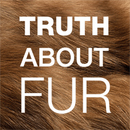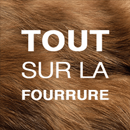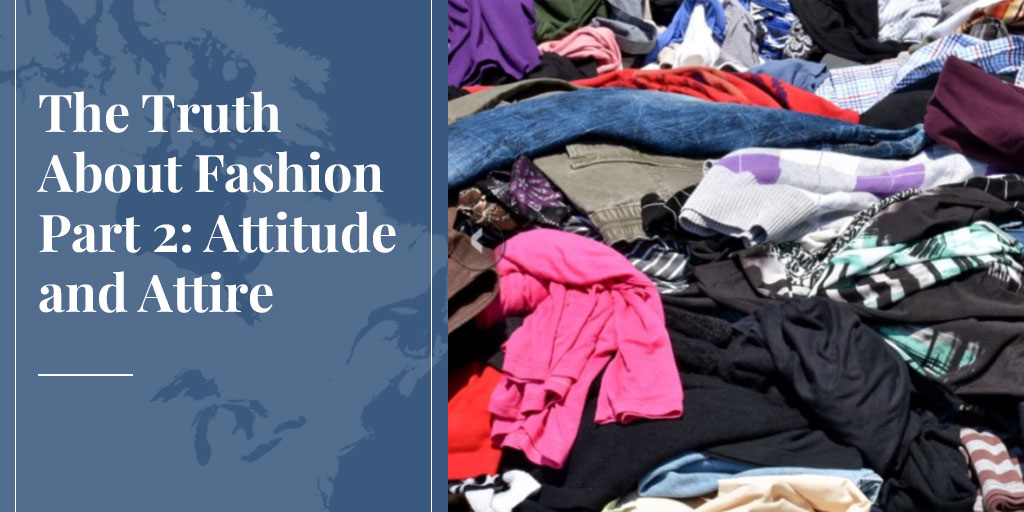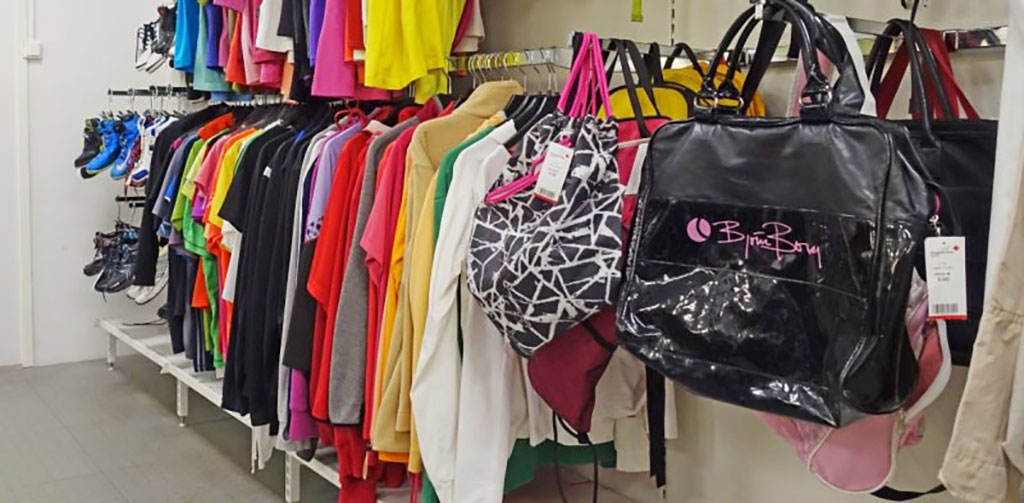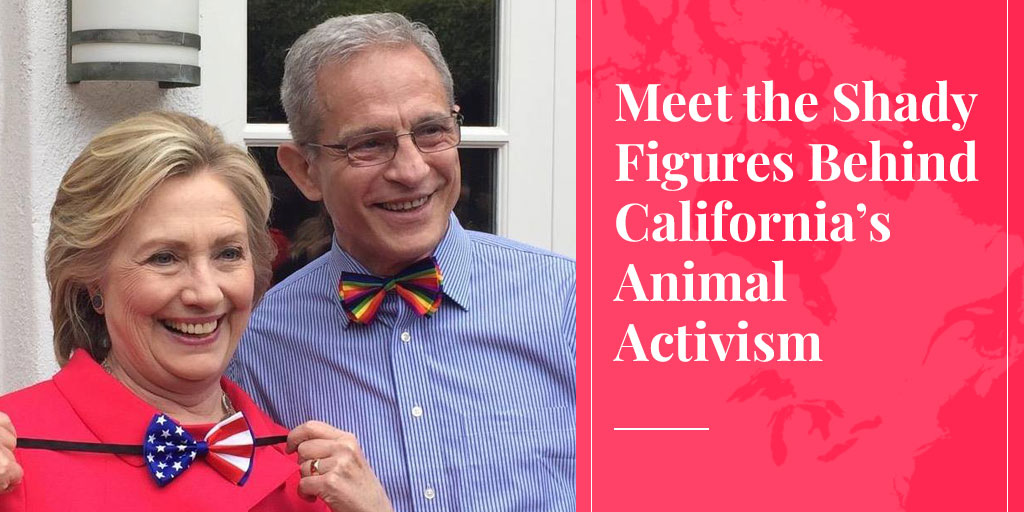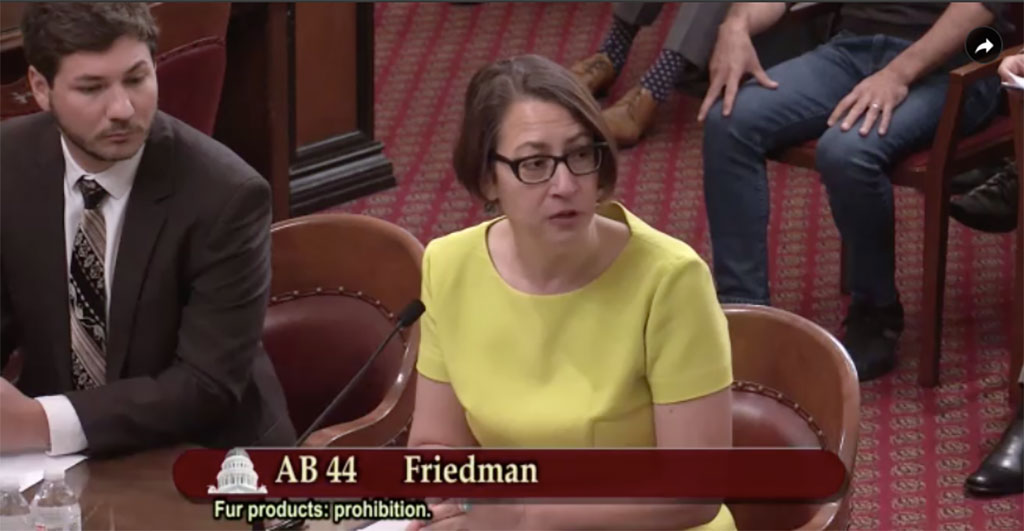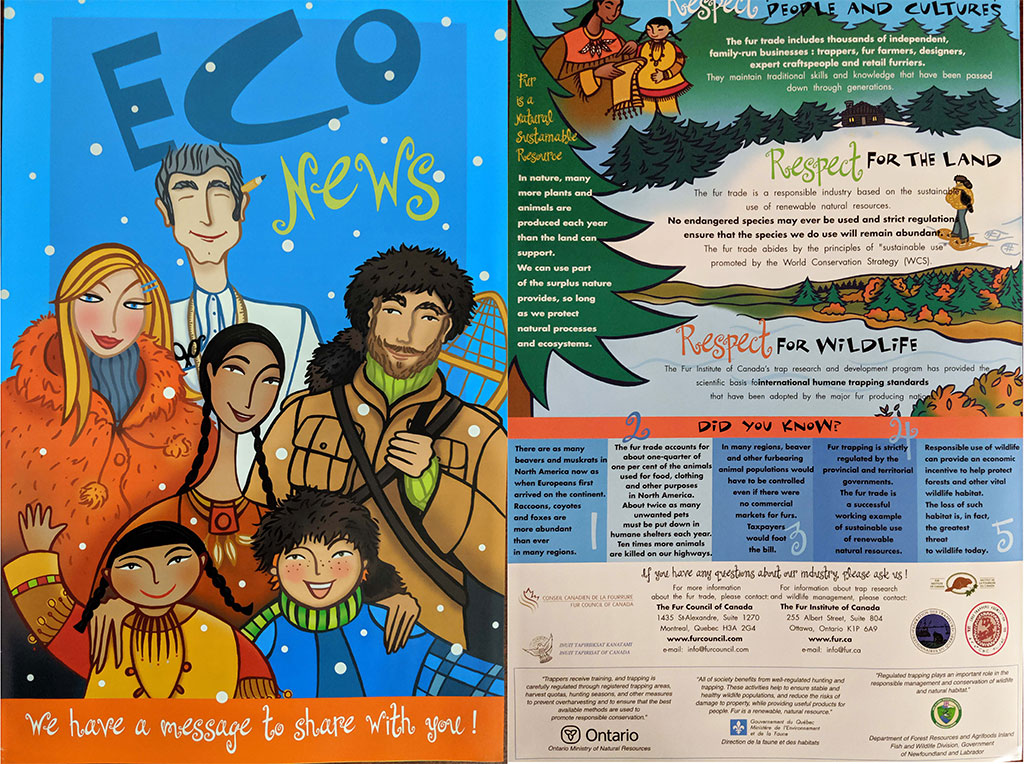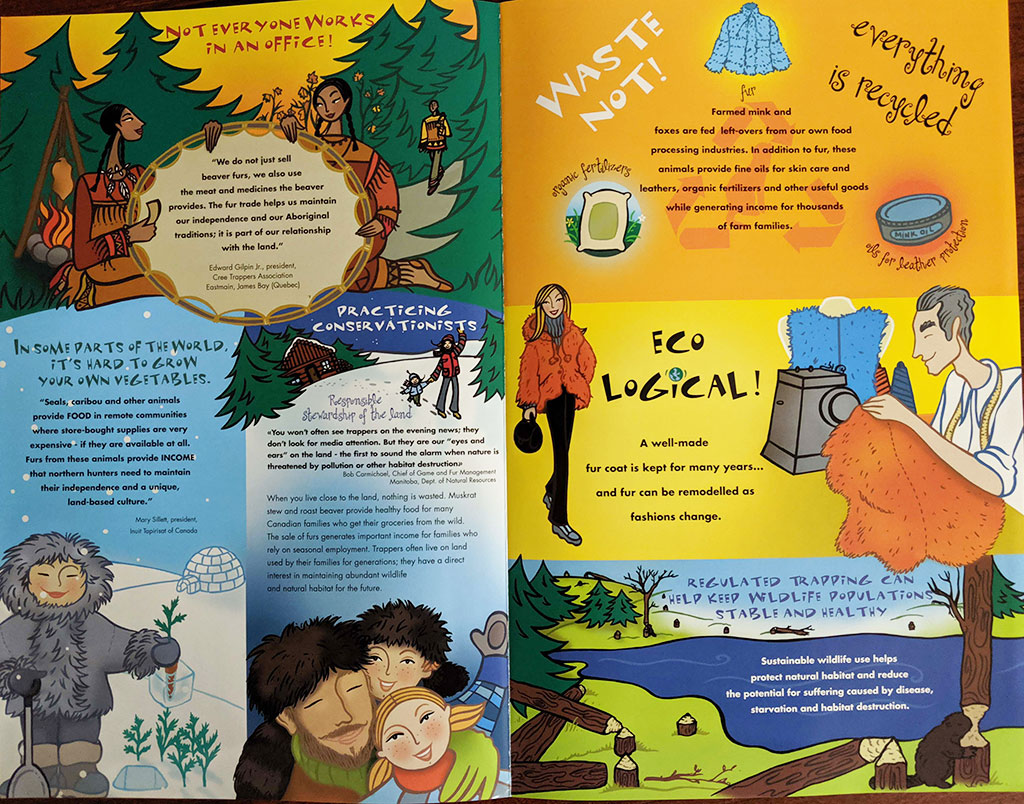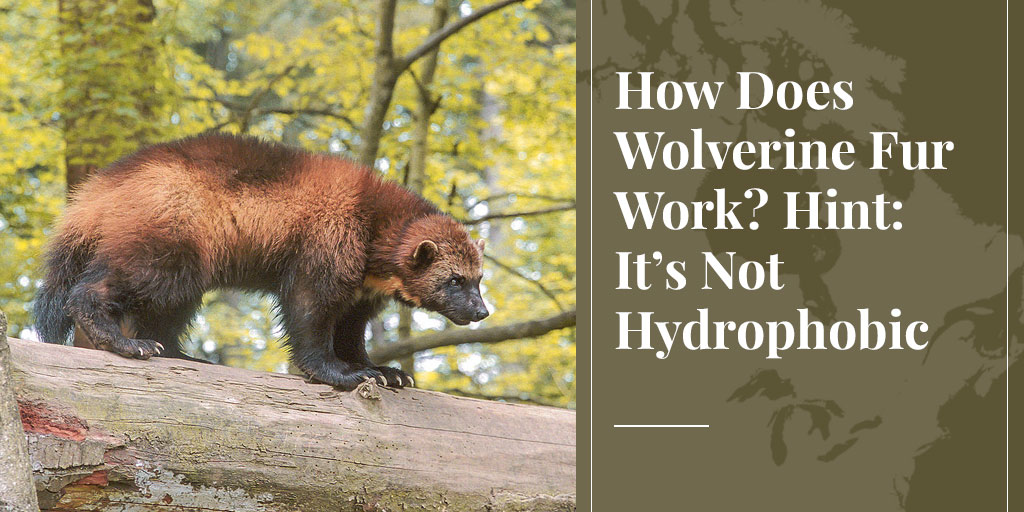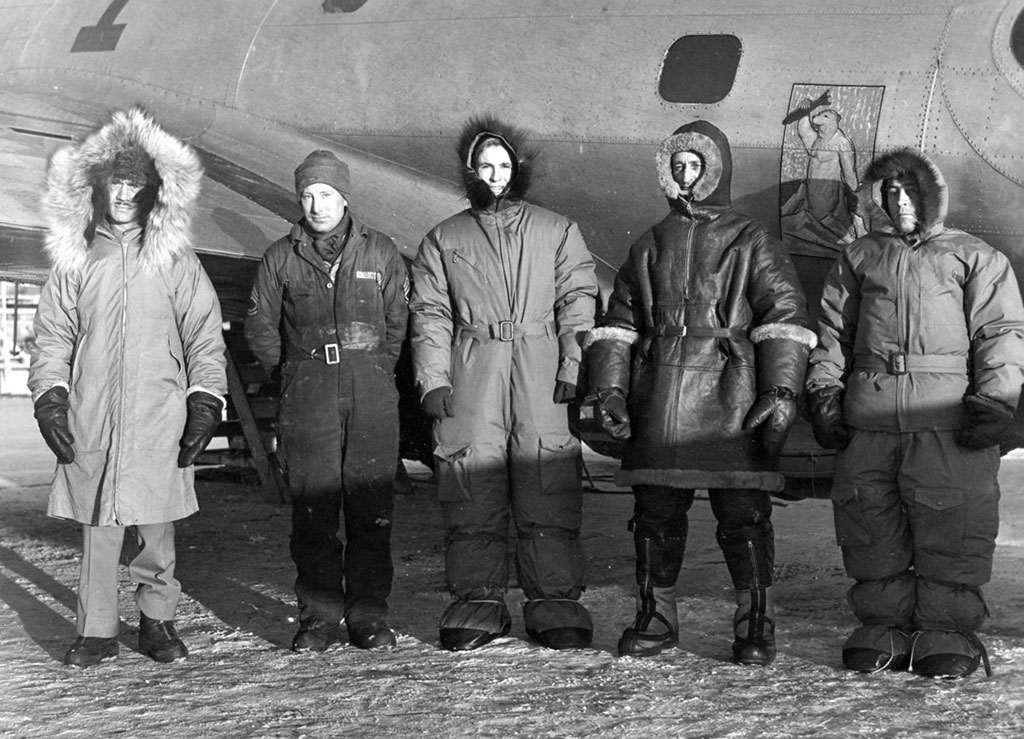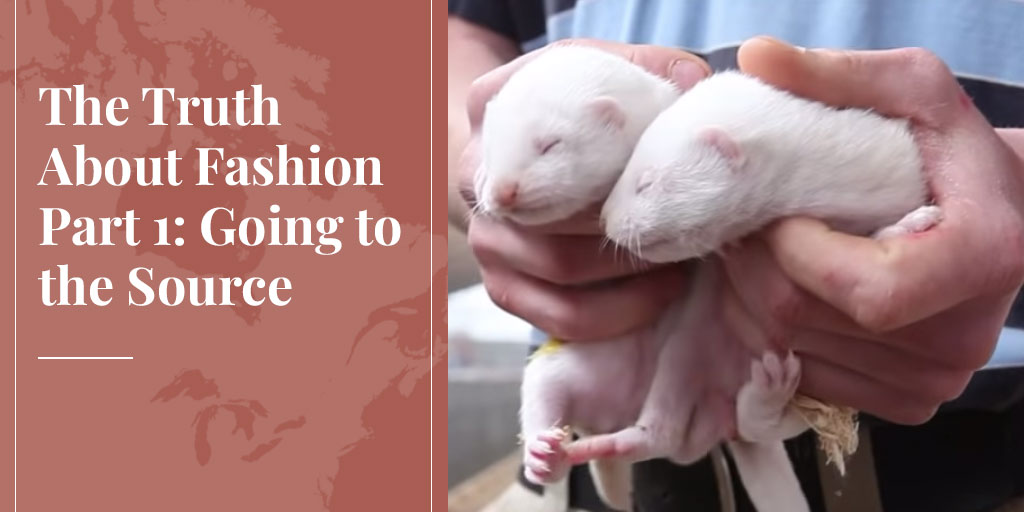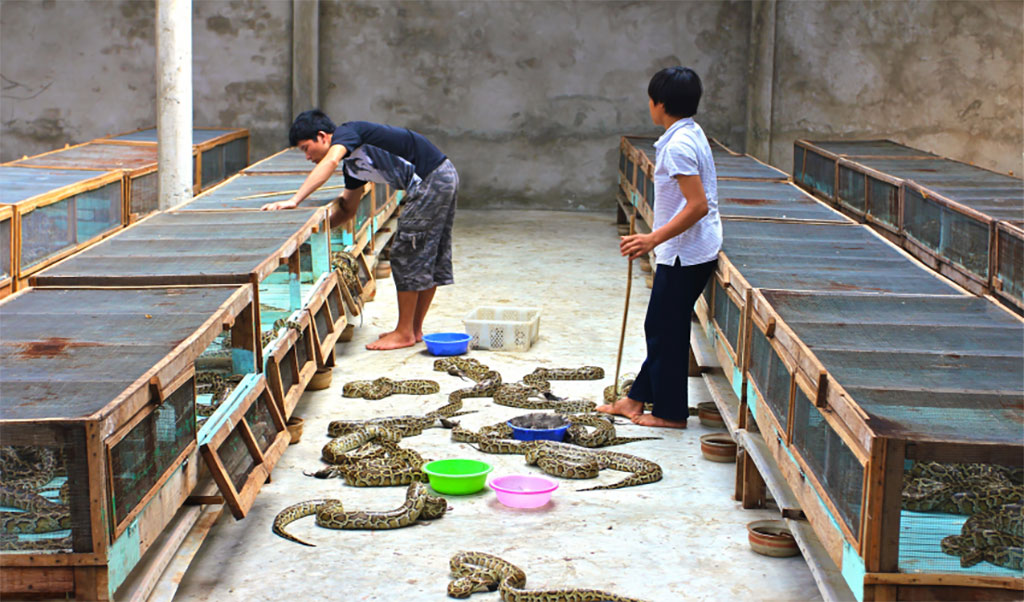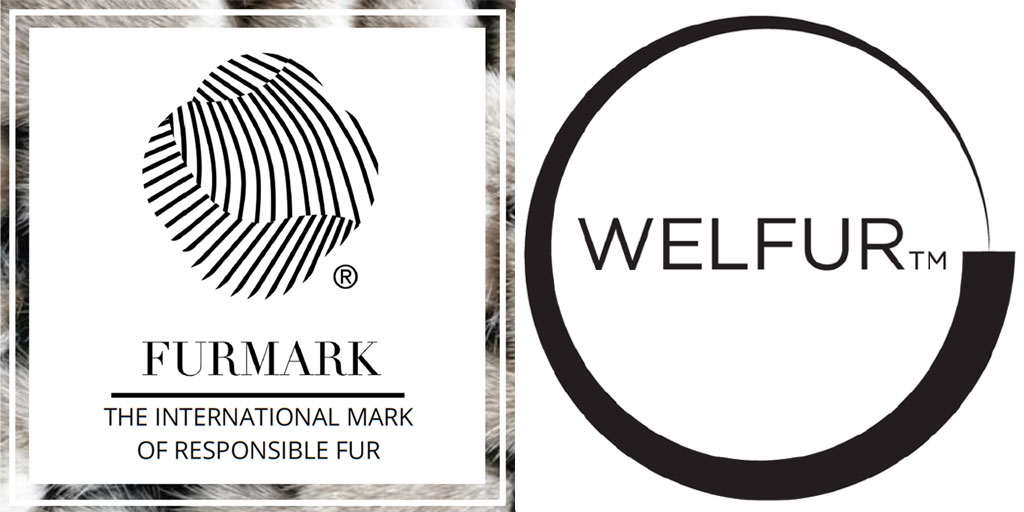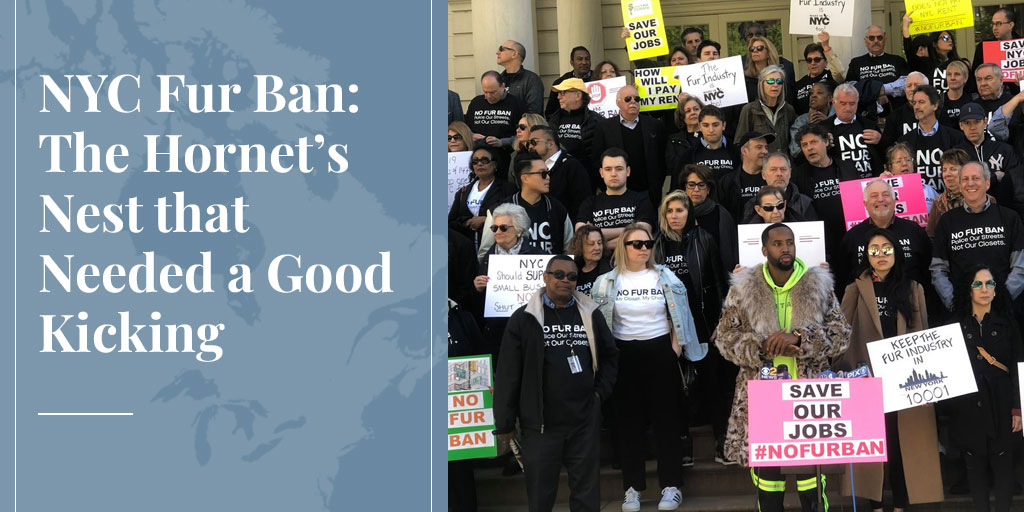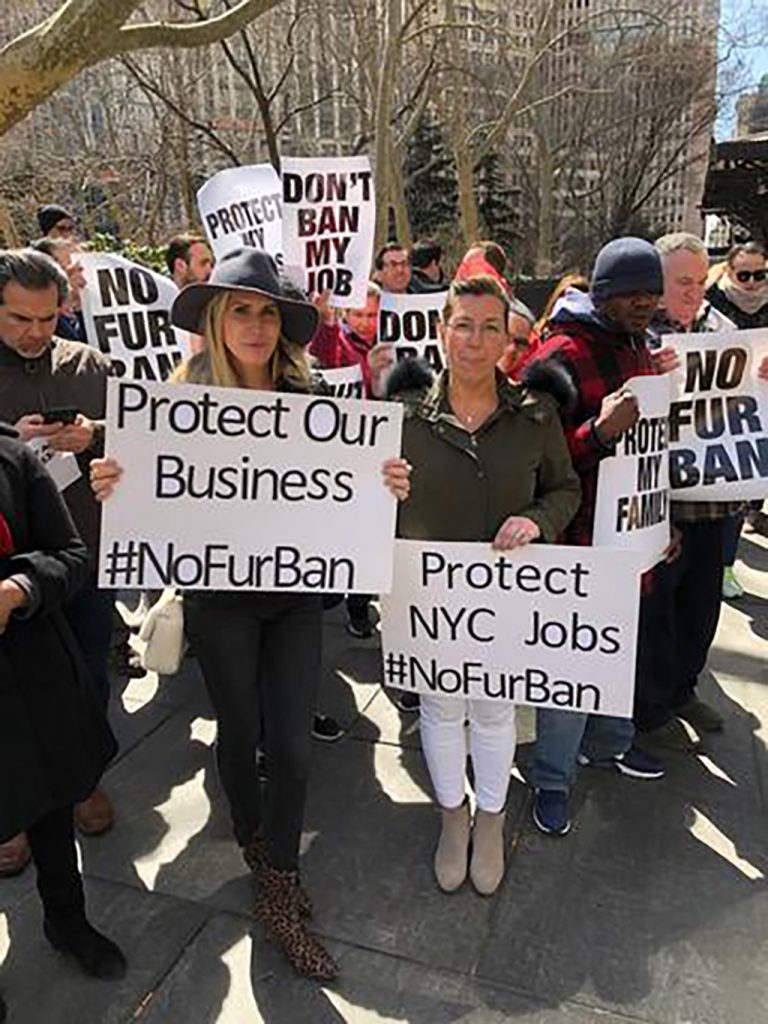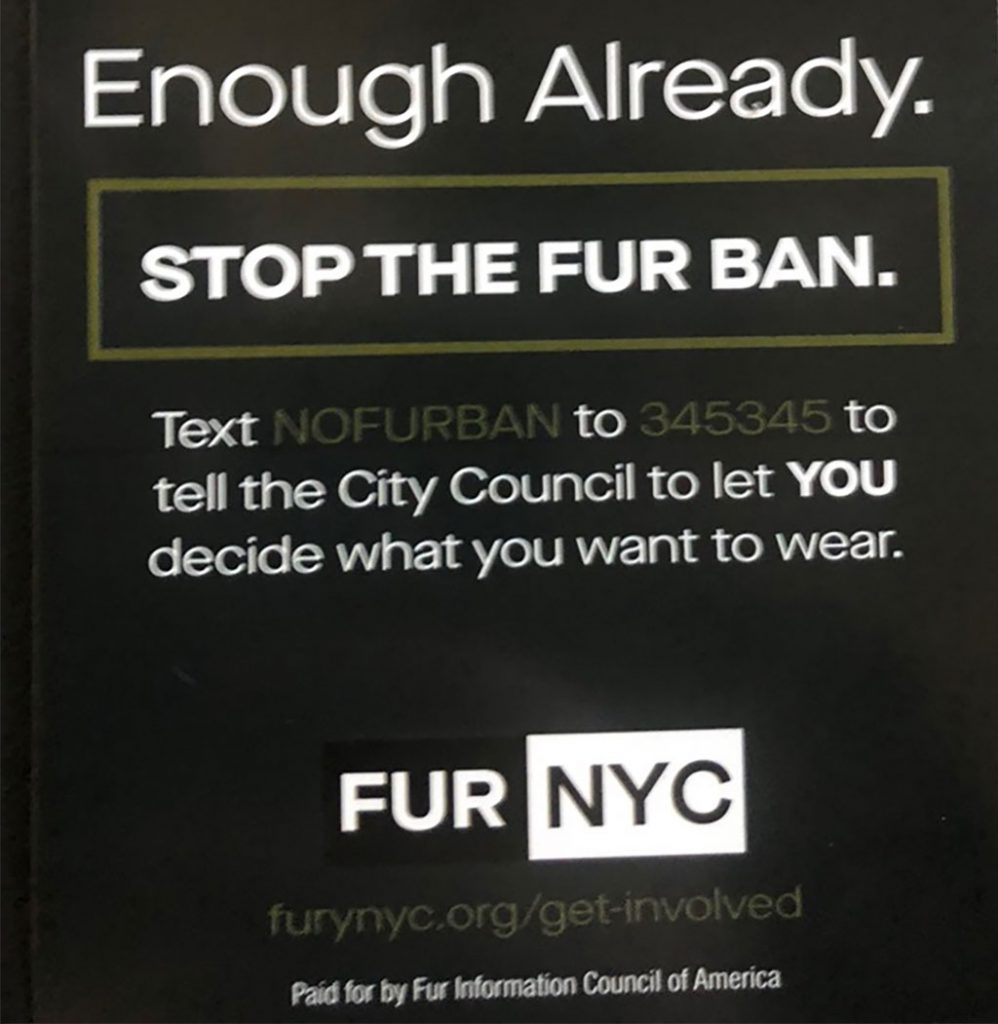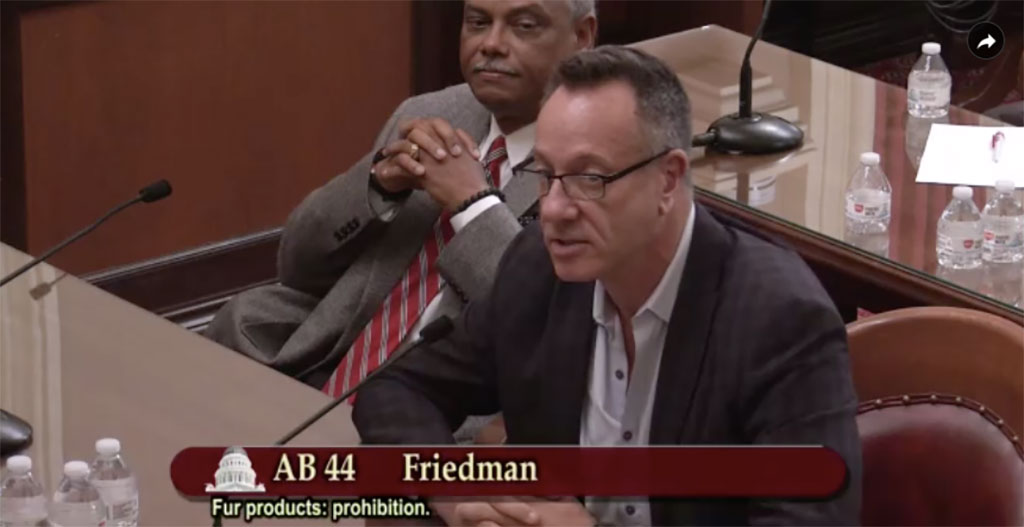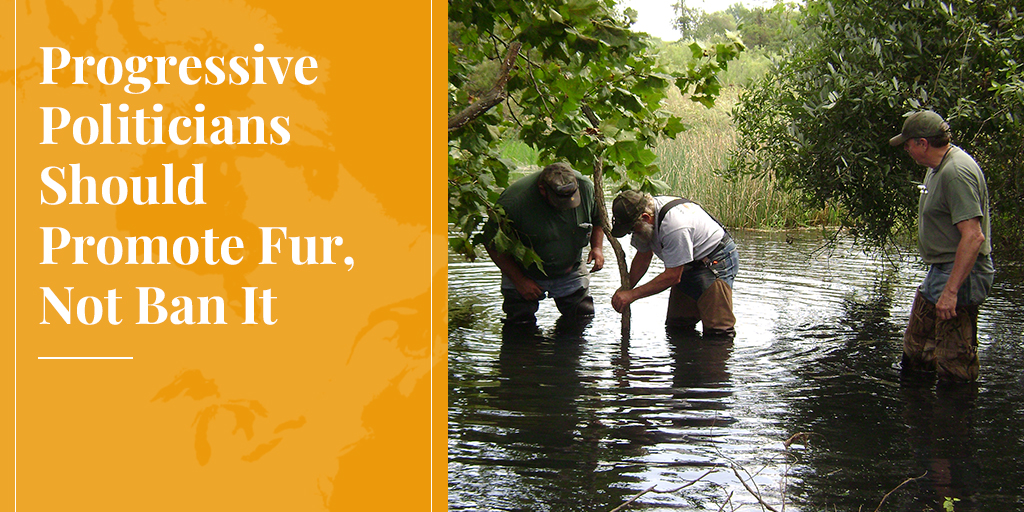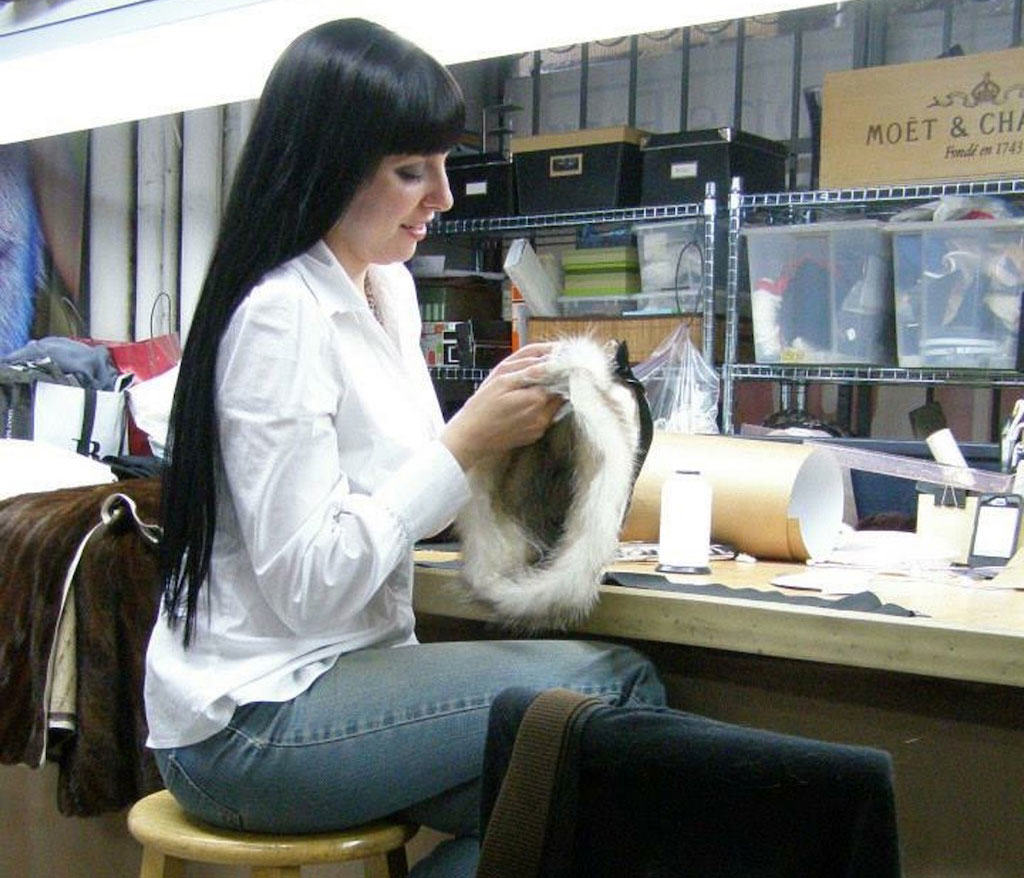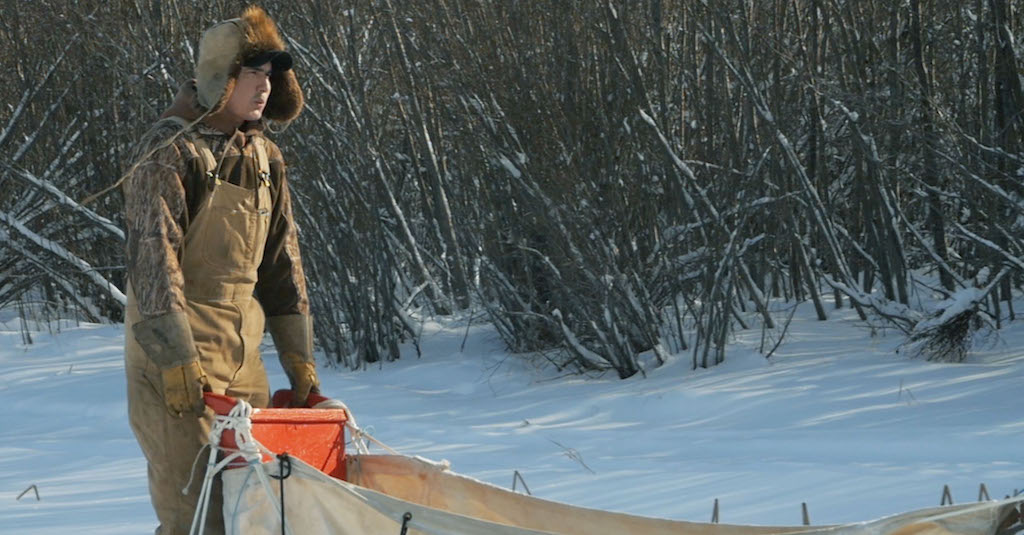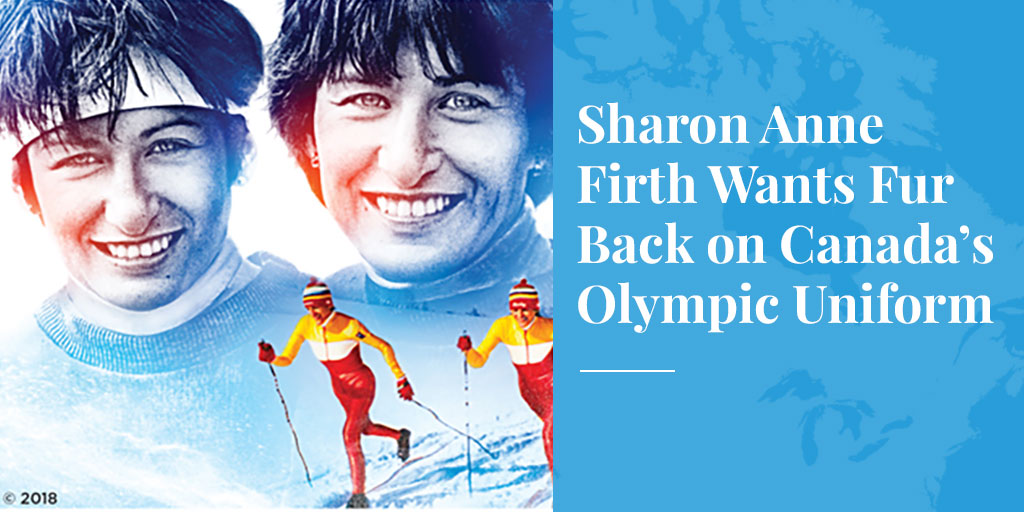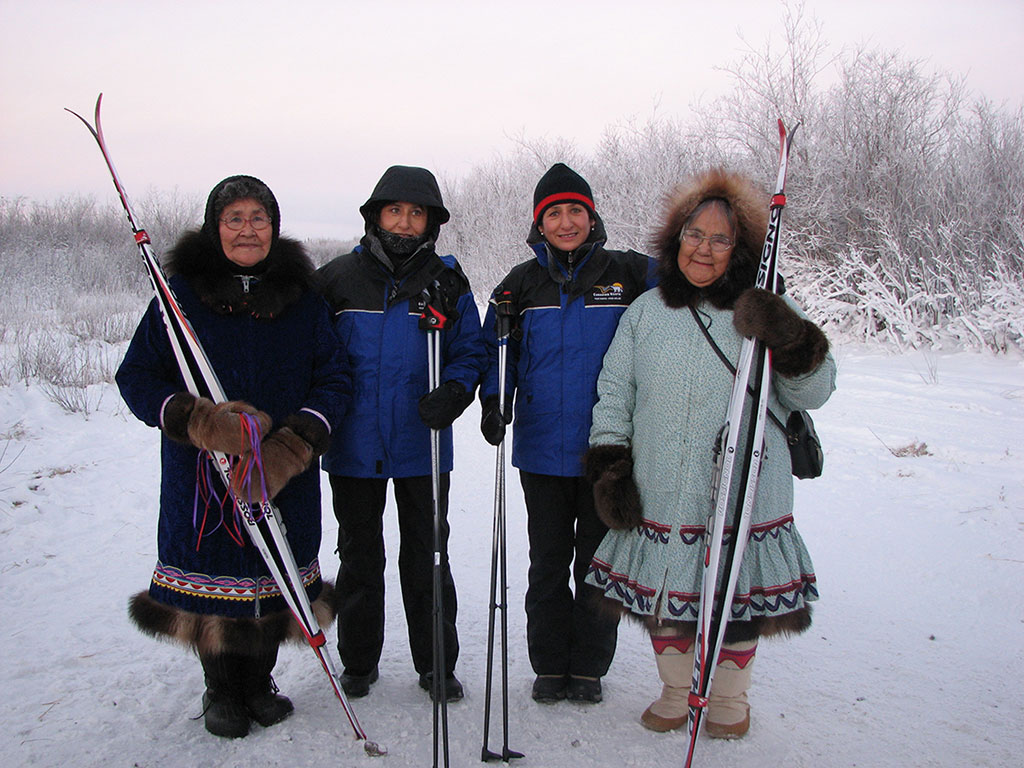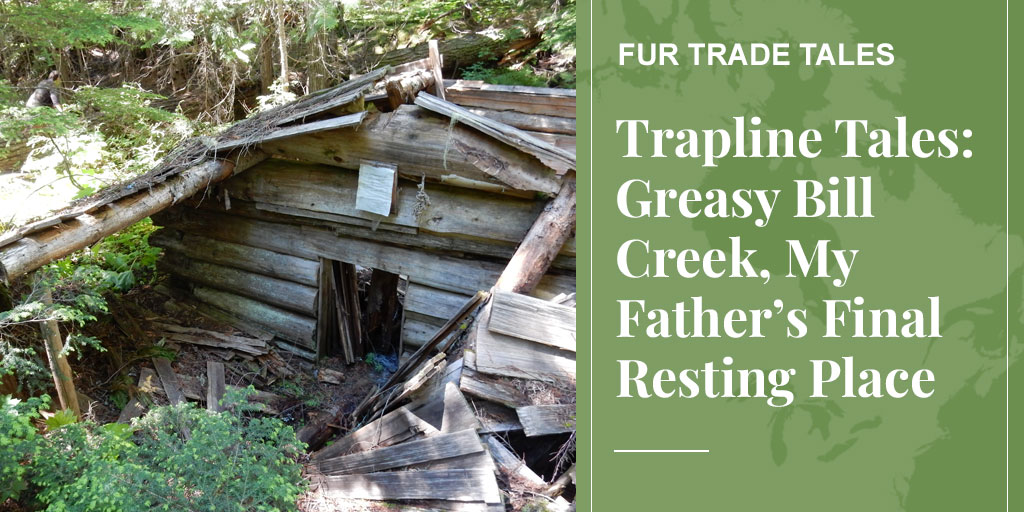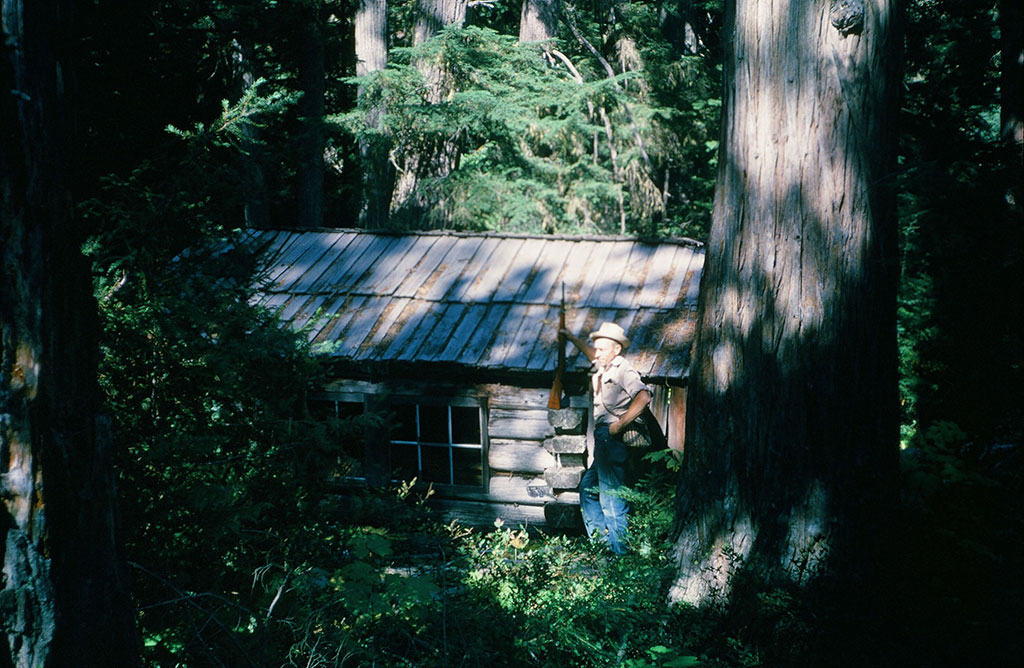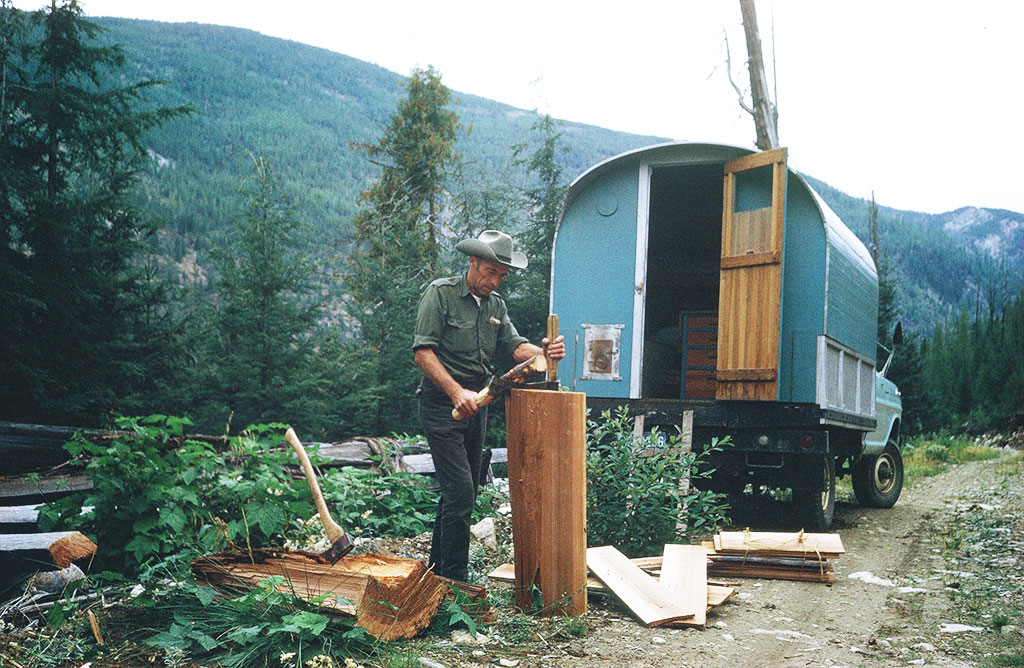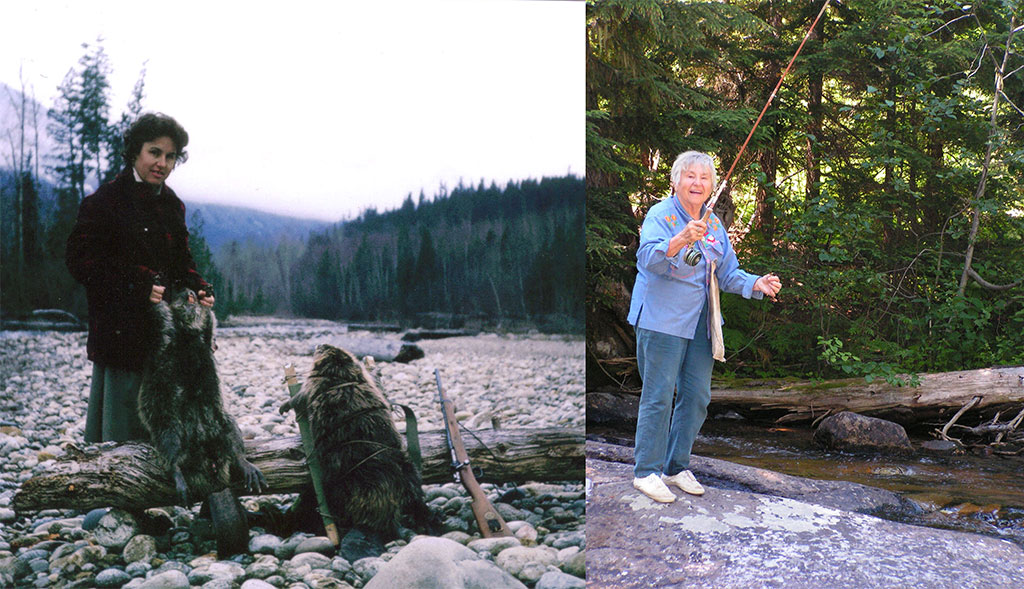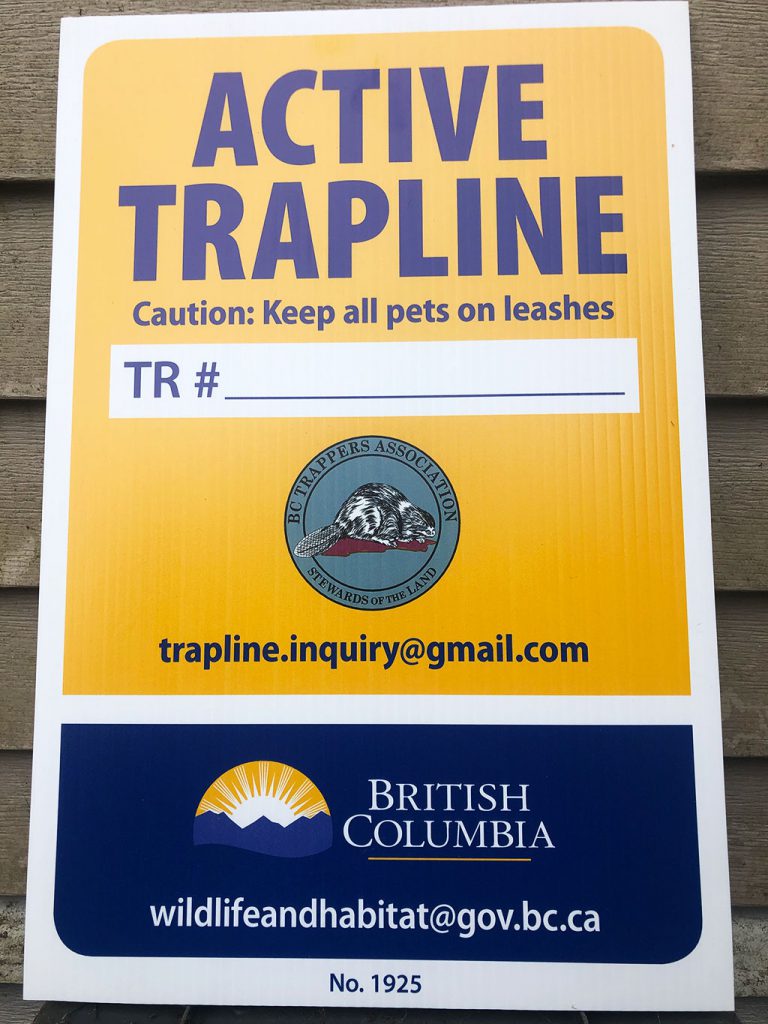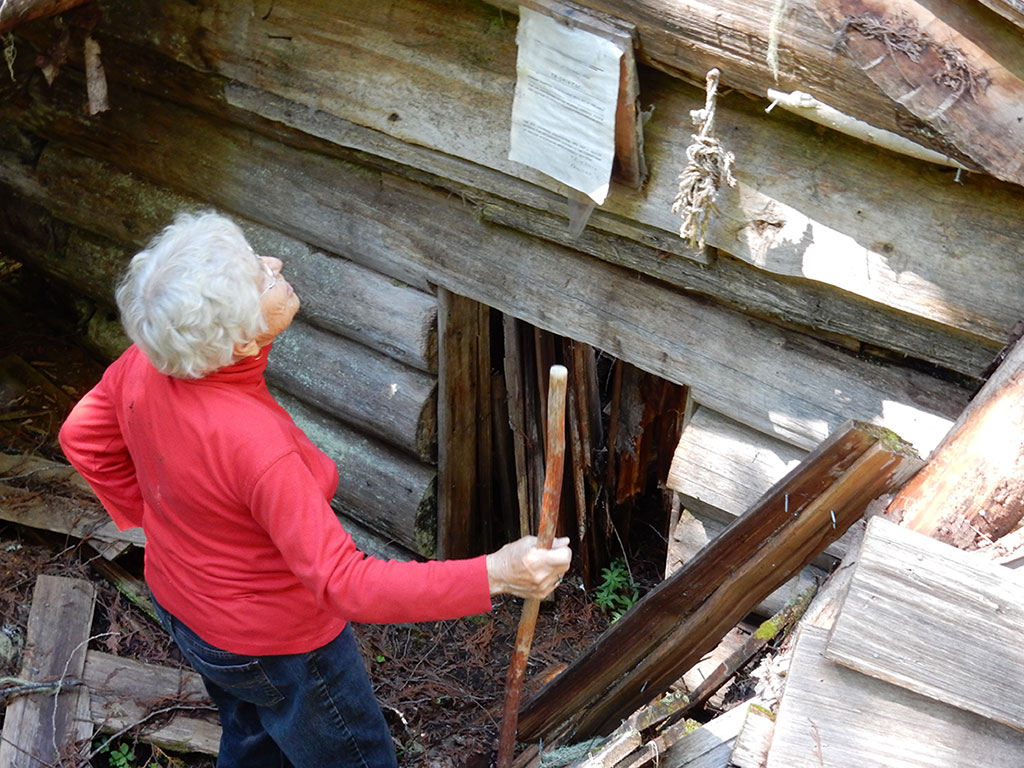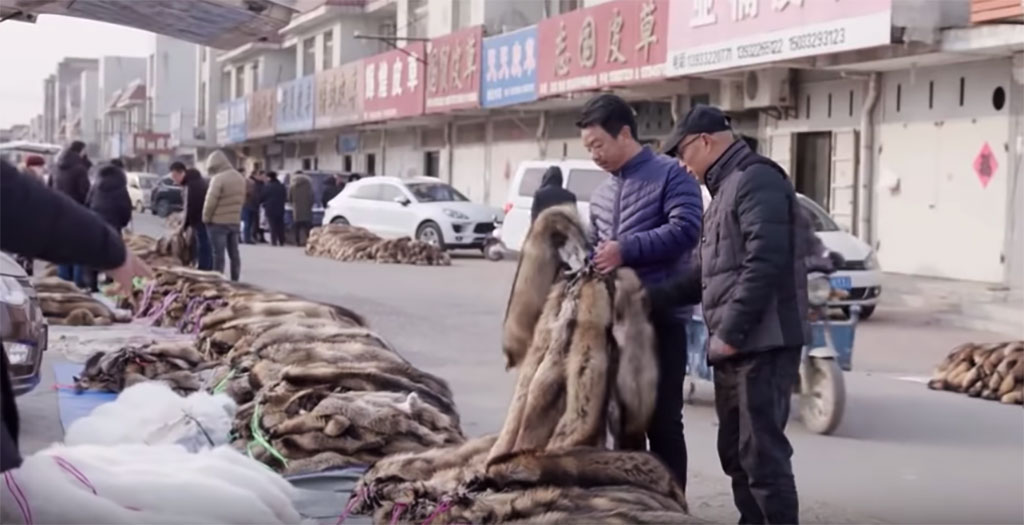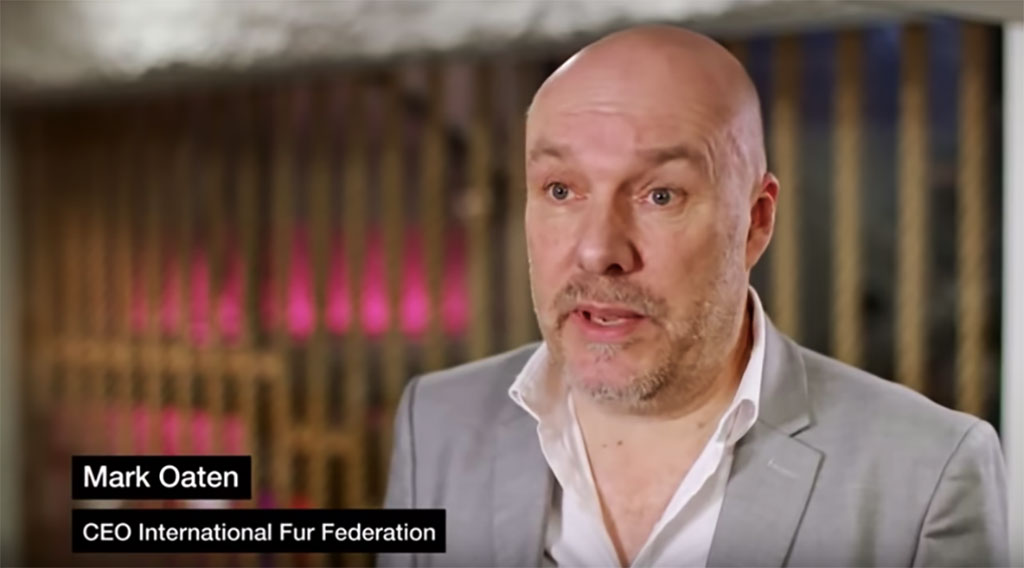Fur Ban Proposals Are Based on a Dangerous Fiction
by Alan Herscovici, Senior Researcher, Truth About FurRecent proposals to ban the sale of fur in several US cities and states are based on a fiction –…
Read More

Recent proposals to ban the sale of fur in several US cities and states are based on a fiction – a dangerous fiction – the origins of which can be traced back more than 30,000 years. That’s when, as Yuval Noah Harari recounts in his popular book Sapiens: A Brief History of Humankind, a remarkable mutation occurred in the brains of one of the six human-like species that then existed. That mutation, scientists speculate, allowed our ancestors to do something no animal had ever done: live in an imaginary world.
To understand the importance of this breakthrough, consider money, nations, and human rights, to name just a few vital elements of our civilization. Unlike rocks, trees and other things we see around us, these important concepts exist only because we believe in them and act accordingly. Money, for example, has value only because we all agree that it does -- so people will give us stuff for it.
The ability to act as if such “fictions” really exist is central to what makes us human. It gives sense to our lives and allows us to work together in large groups for common purposes. But our fictions can also lead us seriously astray: think of Nazism or Communism. Both promised a better life but delivered only misery, not least because they were based on erroneous ideas about humanity: Aryans are not a superior race, and central planning is not efficient. A similar disconnect with reality lies at the heart of recent proposals to ban the sale of fur products in certain US cities and states. Let’s take a closer look.
Justifications for Banning Fur

There are only two possible justifications for banning fur. The first would be if fur were not produced responsibly. Most of us believe that it is morally acceptable to use animals for food and other purposes so long as species are not depleted (sustainability) and the animals are raised and killed with as little suffering as possible (animal welfare). As documented throughout the TruthAboutFur website, the modern fur trade satisfies these moral requirements: both wild and farmed furs are now produced at least as responsibly and sustainably as other animals we use for food, leather and other purposes. *
But if fur is produced responsibly, the only remaining rationale for banning it would be to claim that any killing of animals is wrong. This idea has been elaborated over the past forty years by Peter Singer, Tom Regan and other “animal rights” philosophers. Simply put, they argue that the life, liberty and pursuit of happiness of “non-human animals” deserve the same respect as those of humans. Just as discrimination against people of colour is now denounced as Racism, and discrimination against women is rejected as Sexism, Animal Rights philosophers propose that using animals for food, clothing or other purposes should be condemned as “Speciesism”. As PETA founder Ingrid Newkirk famously charged: “There's no rational basis for saying that a human being has special rights. A rat is a pig is a dog is a boy.” **
At first glance, this proposal can seem compelling. Just as the idea of extending rights to all races, classes and genders (Human Rights) was once scoffed at, Animal Rights philosophers argue that it is time to extend our moral circle to include all animals. But all social and moral constructs are not created equal. Human Rights is a highly functional “fiction” because human society is clearly strengthened when each member feels that their personal rights and needs are secured. Animal Rights offers no such benefits.
Animal Rights is, in fact, completely out of synch with how the natural world really works. Like it or not, life eats life. Animals only survive by eating other living organisms, plants or other animals. But animals do not usually eat members of their own species. Contrary to the claims of animal rightists, there’s nothing arbitrary or hypocritical about humans eating other animals but not (usually) each other.
The evolutionary logic for not killing members of your own species is evident, especially for humans. If you kill me, my kids come for you, then your kids come for my family, and on it goes – not very conducive to social cooperation or stability. Killing and eating other species provokes no such complications.
Problems with Animal Rights Logic
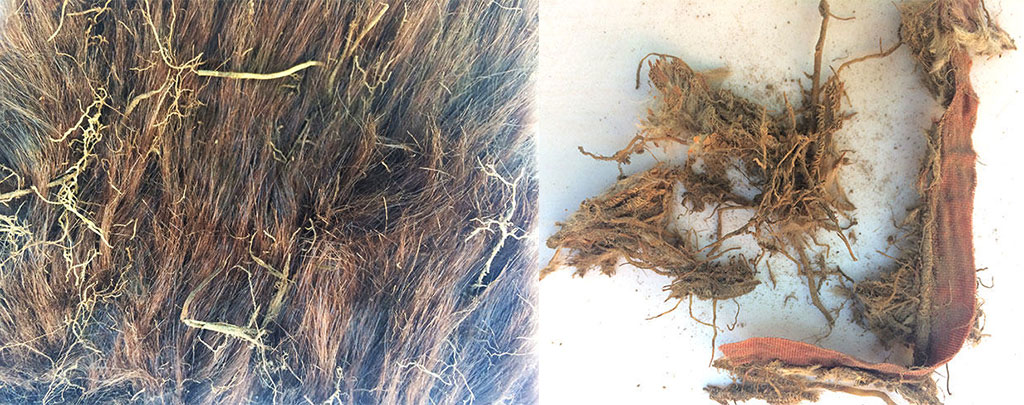
Most worrisome, the logic of Animal Rights may actually threaten human (and animal) welfare. Activists argue that no one needs real fur anymore because fake fur provides a “cruelty-free” alternative. But fake furs (and most other synthetics) are made from petrochemicals that are not renewable or biodegradable. New research reveals that these materials also leach micro-particles of plastic into our waterways and marine life each time they are washed. Cruelty-free indeed!
By contrast, using fur in a well-regulated fashion is fully compatible with an ecological (i.e., ethical) relationship with nature. Farmed fur animals are fed left-overs from our own food production, the parts of pigs, chickens and fish that we don’t eat and would otherwise clog landfills. Fur farm wastes – manure, soiled straw bedding and carcasses – are composted to produce organic fertilizers, renewing the fertility of the soil and completing the agricultural nutrient cycle. There is no natural farming system that does not include animals.
The production of wild furs is also based on ecological principles: most wildlife species produce more young each year than their habitat can support to adulthood. The sustainable use of this natural surplus is promoted by the International Union for Conservation of Nature (IUCN) and other conservation authorities. In fact, many wildlife populations would have to be culled even if we didn’t use fur, e.g., to prevent damage to property (flooding caused by beaver dams), to protect livestock (coyote predation), and to control the spread of dangerous diseases (rabies in overpopulated raccoons).
Living Outside Natural Reality

All this was clear so long as most North Americans still had family on the land who understood the realities of nature. But now, for the first time in human history, most people live in cities. When your food comes from supermarkets, while animals dance and sing on your TV screen, and the live animals you know are surrogate children that sleep in your bed, it is easy to believe the killing of animals is as morally reprehensible as abusing human rights.
Due to our highly developed brains, we all live to a certain extent outside the biological-natural reality. All legislation is a human construct, and different societal “fictions” constantly compete for public acceptance. Animal Rights activists have been very adept at using sensationalist tactics to convey their stories through both traditional and powerful new social media. As PETA’s Ingrid Newkirk says: “We’re complete media sluts; we didn’t invent the game but we learned to play it!” But stories that win mass appeal do not always end well if they are not grounded in reality.
Animal Rights seems to some to represent a more gentle relationship with nature at a time when pollution and the spectre of global warming are exposing the dangers of rampant consumerism. But as this brief analysis suggests, basing public policy on the ideas promoted by Animal Rights advocates can have unexpected consequences. The Nazis’ fascination with Animal Rights will be the subject of a future essay. For now, suffice to say that encouraging the use of petroleum-based synthetics is not the way to protect our planet for future generations. Using natural, renewable, long-lasting and biodegradable materials like fur makes environmental sense. Politicians take note.
FOOTNOTES:
* In addition to sustainability and animal welfare, two further requirements for ethical animal use could be proposed: animals should not be killed for frivolous purposes, and most of the animal should be used (no waste). For a fuller discussion, see The Ethics of Fur, TruthAboutFur.
** While the Animal Rights philosophy opposes any use of animals, fur is often seen as an easy target; no city or state is proposing to ban the sale of meat or dairy products. Note, however, that Peter Singer, the intellectual godfather of the Animal Rights movement, wrote in his 1975 landmark book Animal Liberation: A New Ethics for Our Treatment of Animals, that it is hypocritical to criticize fur-wearing while most people are still eating meat, which requires the killing of far greater numbers of animals.
***
To learn more about donating to Truth About Fur, click here.
